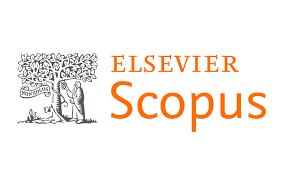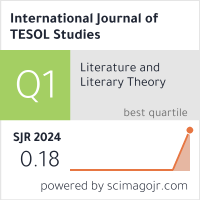2632-6779 (Print)
2633-6898 (Online)


Scopus
Ulrich’s Periodicals Directory (ProQuest)
MLA International Bibliography
MLA Directory of Periodicals
Directory of Open Access Journals (DOAJ)
QOAM (Quality Open Access Market)
British National Bibliography
WAC Clearinghouse Journal Listings
EBSCO Education
ICI Journals Master List
ERIH PLUS
CNKI Scholar
Gale-Cengage
WorldCat
Crossref
Baidu Scholar
British Library
J-Gate
ROAD
BASE
Publons
Google Scholar
Semantic Scholar
ORE Directory
TIRF
China National Center for Philosophy and Social Sciences Documentation
Hoang Thi Thanh
Hanoi Open University, Hanoi, Vietnam
Nguyen Thi Hien Hoa
Foreign Trade University, Hanoi, Vietnam
Virginia O. Gonzales
Colegio de San Juan de Letran-Calamba, Philippines
Abstract
Integrating technology into teaching and learning has become an undeniable trend in English education. This study investigates the impact of the combination of asynchronous AI-based tool tasks with synchronous, interactive practices such as virtual exchanges and pronunciation workshops on EFL learners’ pronunciation development. Conducted over a 12-week schedule, the research included 23 Vietnamese university students who acquired pronunciation via self-directed training using the ELSA Speak software and engaged in facilitated virtual exchange sessions and workshops. A pre-test/ post-test design comprising mixed-method data through the test-retest results, the ELSA Speak app’s dashboard, and focus group discussions was used. Quantitative data revealed significant development of some segmental (phonemes) and suprasegmental (intonation) aspects of pronunciation but not fluency. Besides the frequency of the ELSA Speak app usage, students’ perceived English level seemed to have an impact on their pronunciation learning. Qualitative findings revealed that the students appreciated the interactivity and feedback of the app but also pointed out drawbacks such as cost, limited use, and the difficulty of ensuring regular use. The research accentuates the pedagogical potential of integrating AI-powered apps with real-time communicative practice. It suggests more focus on motivation, teaching, and accessibility to enhance learning gains to their maximum. Pedagogical implications for technology-mediated language learning research and instructional design are suggested to inform subsequent research.
Keywords
Pronunciation, ELSA Speak, virtual exchange, technology integration, AI-powered apps